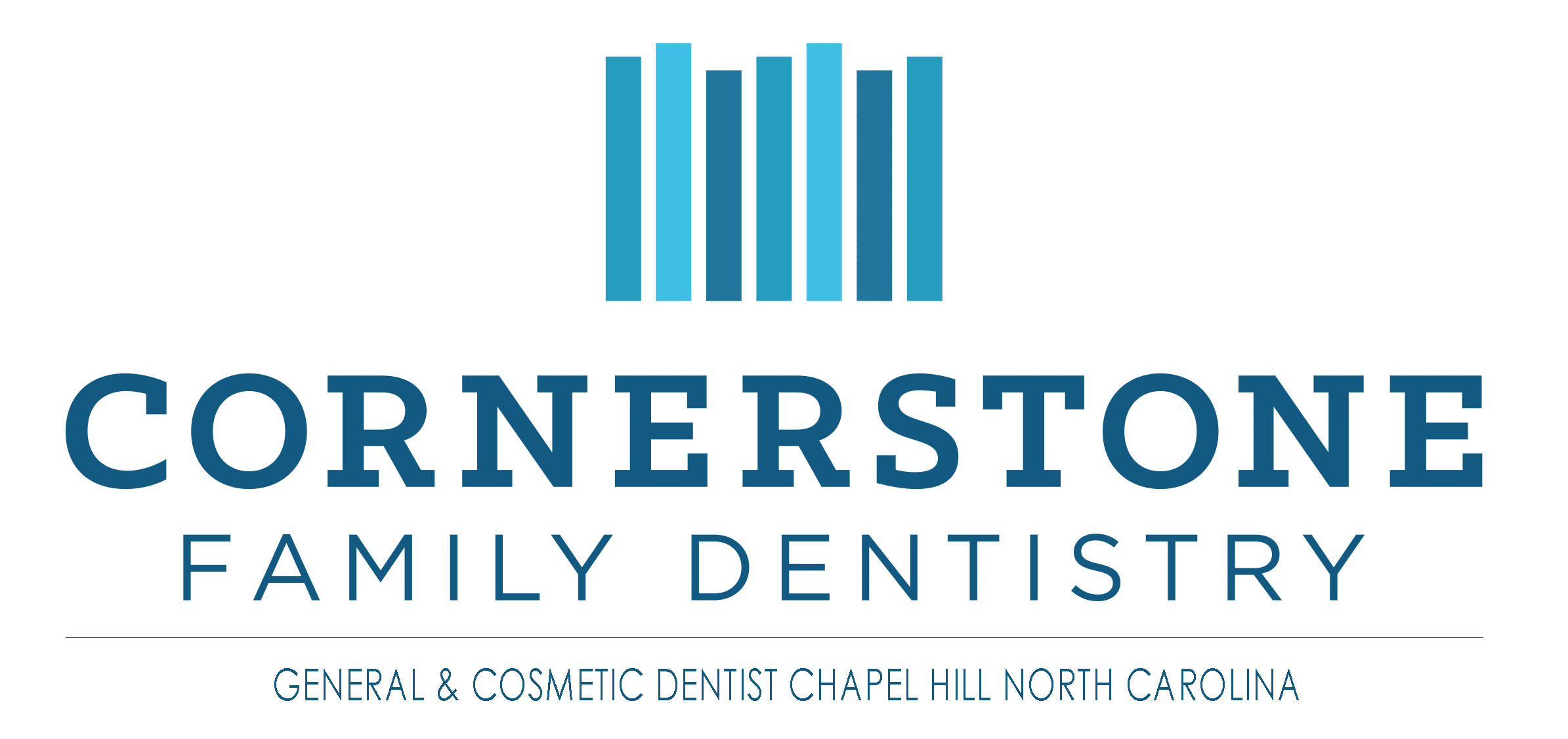Clean & Maintain Dental Implants
Infection Is The Enemy
Both immediately following your dental implant procedure and after they are in place, cleaning the tooth replacement is as important as cleaning your natural teeth. The gum tissue and jaw bone need to remain healthy and strong to support your natural teeth as well as your new implant. When you brush and floss daily you are taking time to remove bacterial biofilm and debris. If the film builds up it turns into plaque, tartar and calculus allowing for minerals to be stripped from your teeth and breakdown of other tissues. Instead of just developing gingivitis and periodontitis, you can develop peri-implantitis. While gum disease leads to inflammation of gum tissue around your teeth and eventually bone loss, peri-implantitis can result in loss of the bond between the implant and the jaw bone. This process can move quickly and deeply, leaving a dip or a well-shaped loss of bone tissue where the implant was.
At home care is important and so is the care provided by the dental hygienist. The regular dental appointments allow for deep cleaning removing any bacteria and keep your dental implant infection free. The hygienist has a number of tools at their disposal to address the different types of debris, build up, and locations of problem areas.
The Right Tools For The Job
At the dentist office, their tool selection will ensure that the dental crown, abutment and implant are not damaged during the cleaning process. Your dental crown will not lose its finish and the abutment and implant will not lose their highly polished shine. It is critical that those surfaces remain smooth so there are no crevasses for bacteria to hide and grow. Because your implant and its different components are not made of natural tooth material, the dentist will use different tools on the implant than they use on your natural teeth.
A power instrument that uses ultrasonic vibrations breaks up debris without running the risk of damaging the implant. The dentist will use these tools on a low setting with plenty of water to irrigate the area. Depending on your case, the dentist may even choose to use an antibacterial solution to irrigate and flush away any material.
Other than the dental crown and the implant abutment, you will not want to see any part of the implant. If you do start to see it, you may have an infection developing with accompanying bone or gum tissue loss.
If you have a build up of biofilm on the exposed areas of your dental implant, a brush is the best tool to use. If the film has turned into calculus or excess dental cement is present, the hygienist will need to use a specialized tooth to clean. Both of these are looked at as contaminants so removal is essential in maintaining long term health of dental implants.
Dental implants are considered to be highly successful with a rate over 95%. Continue to treat your dental implant as an investment by proper and regular cleaning.
